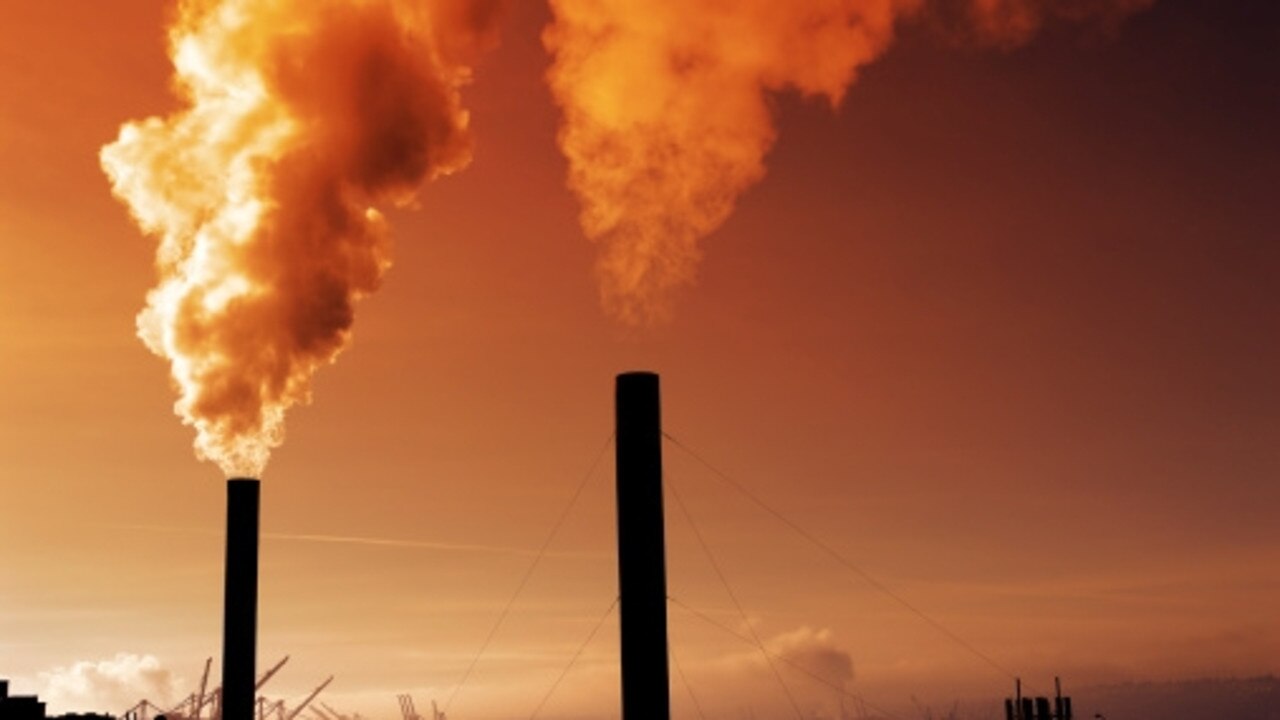Methane rise blocked by less irrigation, more natural gas
INCREASED use of natural gas and reduced flood irrigation in China may be responsible for a pause in the methane level in the atmosphere.
THE increased use of natural gas for heating and electricity generation, and reduced flood irrigation for rice-growing in China are believed to be responsible for a two-decade pause in the level of the potent greenhouse gas methane in the atmosphere.
A stable methane level at 1.8 parts per billion has been good news in terms of climate change but it is not enough to explain the slowing of global temperature rises over the past decade, accounting for a cooling impact of 1/100 of a degree.
This slowing trend, according to the latest published reports, is because of increased sulphur dioxide emissions from Chinese coal-fired power stations and below-average solar activity.
Two papers published in Nature journal this week tried to explain why the rapid rise in atmospheric methane levels of the mid-20th century gradually levelled off around the turn of the millennium.
One paper measured the difference in the concentration and isotopic signature of methane between the hemispheres and concluded that reduced microbial activity in wetlands was primarily responsible.
It found the reduced use of flood irrigation seemed to explain about half of the northern hemispheric trend.
Another paper combined measurements of methane trapped in Antarctic ice with a simple atmospheric model and concluded that the slowdown was caused by reduced methane emissions from fossil-fuel production.
Although different, the findings are not considered mutually exclusive.
Methane makes up 1.8 parts per billion of Earth's atmosphere compared with 380 parts per billion for carbon dioxide.
But methane is 25 times more powerful as a greenhouse gas than CO2, meaning every kilogram of methane in the atmosphere has the same impact as 25kg of CO2.
According to Paul Fraser, chief research scientist at the CSIRO's Centre for Australian Weather and Climate Research, over the past 100 years methane has been responsible for about 10 to 15 per cent of the man-made pressures on climate change.
Methane occurs naturally from wetlands and swamps and is produced in agriculture from flood irrigation and burping livestock.
It is also a by-product of fossil fuel production and leaking from gas reticulation systems.
"It has been a long-held view that the rate of growth of methane peaked in the 1960s and has since declined," Dr Fraser said. "The rise coincided with the massive release of methane in the 1960s from the great acceleration in the search for oil at a time when methane was seen as a waste product and flared into the atmosphere.
"Over the last two decades, fuel companies recognised its value and developed the technology to capture it and sell it as natural gas."
In the late 1990s to mid-2000s, methane in the atmosphere reduced to the point of balance whereby all methane emissions were being taken up by natural processes such as oxidisation in the atmosphere and biological processes in dry soils.


